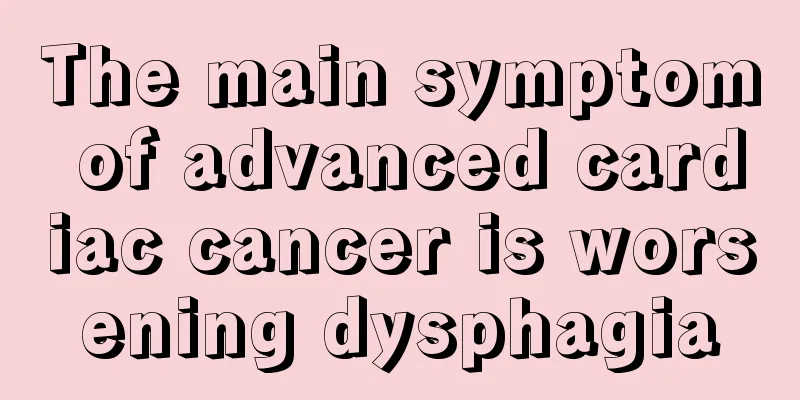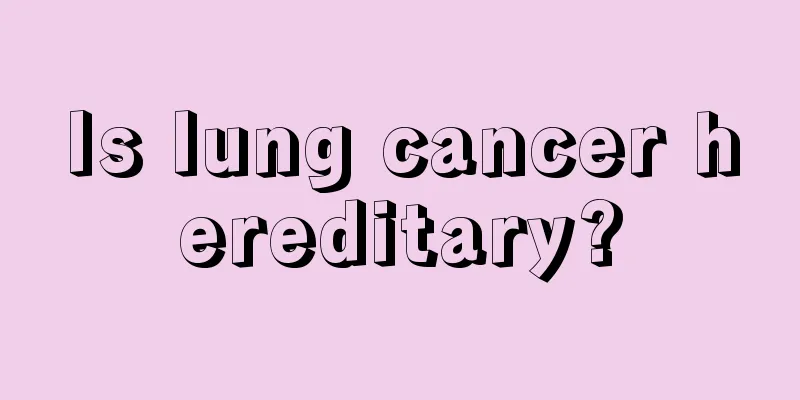Learn more about testicular cancer

|
Testicles are the lifeblood of men. They play a vital role in male fertility and directly affect male sexual function. This shows how important they are. Testicular cancer is a malignant tumor that occurs in the testicles and is very harmful. Let me introduce testicular cancer to you. Testicular tumor is one of the common tumors in urology. It is almost always malignant, and there are three peaks in the age of onset: yolk sac tumor (infantile embryonal tumor) is the most common in infancy; various types of testicular tumors can be seen between the ages of 20 and 40, but seminoma is still the most common, and seminoma is the main tumor after the age of 70. Its cause is still unclear, and it is currently believed that its onset is related to both genetic and acquired factors. Among them, it is most closely related to cryptorchidism. The chance of cryptorchidism developing tumors is 10 to 14 times greater than that of normal people. Cryptorchidism in the abdominal cavity is higher than that in the groin. Testicular fixation does not reduce the incidence of malignant changes, but it can make tumors easier to detect. The cause of the disease is still unknown, and it is currently believed that the onset of the disease is related to both genetic and acquired factors, among which cryptorchidism is the most closely related. The chance of developing tumors in cryptorchidism is 10 to 14 times greater than that in normal people, and cryptorchidism in the abdominal cavity is more common than in the groin. Testicular tumors are divided into germ cell tumors, non-germ cell tumors and testicular secondary tumors. Germ cell tumors are the most common. Germ cell tumors are divided into seminoma, non-seminoma (embryocarcinoma; teratoma; choriocarcinoma, etc.) and mixed germ cell tumors. Non-germ cell tumors are divided into Leydig cell tumors, Sertoli cell tumors, gonadal stromal tumors and mixed tumors. The most common symptom is a gradual, painless enlargement of the testicles with a feeling of heaviness. The enlarged testicles of seminoma often maintain the testicular contour and have a consistent texture, while teratoma is nodular and has inconsistent hardness and softness. About 10% of patients feel pain due to intratesticular bleeding or infarction, and 10% of patients may have metastatic symptoms, such as large retroperitoneal lymph node metastasis, compression of nerve roots, back pain, lung metastasis may cause cough and dyspnea, duodenal metastasis may cause anorexia, nausea and vomiting, bone metastasis may cause bone pain, etc. Testicular Leydig cell tumor should be considered when children have testicular masses and symptoms of precocious puberty, or adults have gynecomastia and loss of libido. |
<<: The best way to prevent testicular cancer
>>: How to prevent testicular cancer
Recommend
What should I do if I want to take care of my breasts? 5 ways to stay away from breast cancer
At 16:55 on January 16, 2015, the famous young si...
Why does my urine smell so bad?
Urinating is the act of urinating. Under normal c...
How to deal with lung cancer metastasis? There are four treatments
Not only is the treatment of lung cancer very tro...
What is the cause of the pain in the forearm
We encounter many situations in our daily lives. ...
What causes thick nasal discharge? What are the causes?
When talking about colds, many people think of ru...
The symptoms of rectal cancer manifest differently in three stages
The symptoms of rectal cancer vary in three stage...
What are the rehabilitation exercises for kidney cancer
As the number of kidney cancer patients increases...
Can applying onions to the soles of feet reduce fever?
Most people's fever is caused by colds, so wh...
The harm of bleaching powder to skin
Nowadays, household water comes from the city’s t...
Symptoms of vocal cord nodules
Vocal cord nodules are a disease that people may ...
What are the ways to suppress underarm sweating
Sweating under the arms is a normal phenomenon an...
Home termite control methods
Termites are also known as white grasshoppers, bi...
Suddenly secrete a lot of saliva in the middle of the night
Babies often drool when they are sleeping. Of cou...
How to remove oil stains from clothes
How to remove oil stains from clothes? We often g...
How to judge whether cervical cancer tumor is not under control after radiotherapy
Tumor radiotherapy is a method of treating malign...









